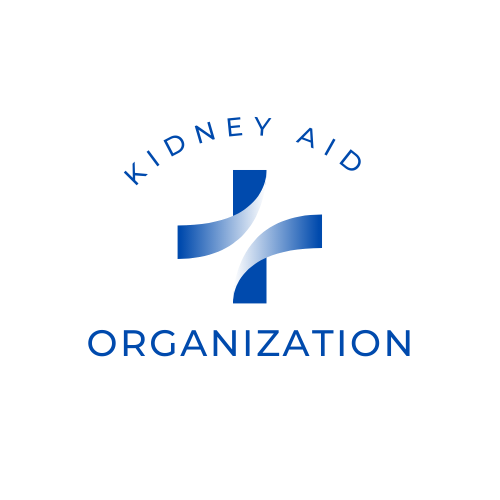In dRTA, the distal tubules fail to properly reabsorb bicarbonate, which results in the excretion of excess amounts of acid in the urine. This leads to a buildup of acid in the bloodstream, a condition known as metabolic acidosis. The symptoms of dRTA can include fatigue, muscle weakness, abdominal pain, and growth retardation in children.
dRTA can be inherited, or it can be caused by other factors such as autoimmune disorders, medications, and kidney damage.
The condition can be diagnosed through blood and urine tests, and treatment typically involves supplementation with alkali (base) to counteract the excess acid in the body. In some cases, a kidney transplant may be necessary to manage the condition.
How Can You Treat dRTA?
The treatment for distal renal tubular acidosis (dRTA) depends on the severity of the condition and may include the following:
- Dietary modification: Increasing the intake of alkaline foods such as fruits and vegetables can help neutralize the excess acid in the body.
- Alkali therapy: Supplementation with bicarbonate or other alkaline substances can help to counteract the acidosis. This treatment is usually taken orally in the form of tablets or liquid.
- Hydration: Maintaining proper hydration is important in dRTA, as dehydration can worsen the acidosis.
- Avoidance of certain medications: Some medications, such as carbonic anhydrase inhibitors and diuretics, can worsen dRTA. Your doctor may advise you to avoid these medications.
- Surgery: In severe cases, surgery may be necessary to remove the source of the acidosis, such as a renal cyst or tumor.
- Kidney transplantation: In cases where dRTA has caused significant kidney damage, a kidney transplant may be necessary.
What Are The Symptoms Of dRTA?
The symptoms of distal renal tubular acidosis (dRTA) can vary depending on the severity of the condition and may include:
- Chronic metabolic acidosis: This can lead to symptoms such as fatigue, muscle weakness, and loss of appetite.
- Growth retardation: Children with dRTA may experience stunted growth and delayed development.
- Abdominal pain: Some people with dRTA may experience abdominal pain, particularly in the lower right quadrant.
- Kidney stones: The acidosis associated with dRTA can increase the risk of kidney stones.
- Bone disease: The excess acid in the bloodstream can lead to bone disease, such as osteoporosis.
- Increased susceptibility to infections: The acidosis associated with dRTA can weaken the immune system and increase the risk of infections.
- Polyuria: This refers to excessive urination, which can be a symptom of dRTA.

